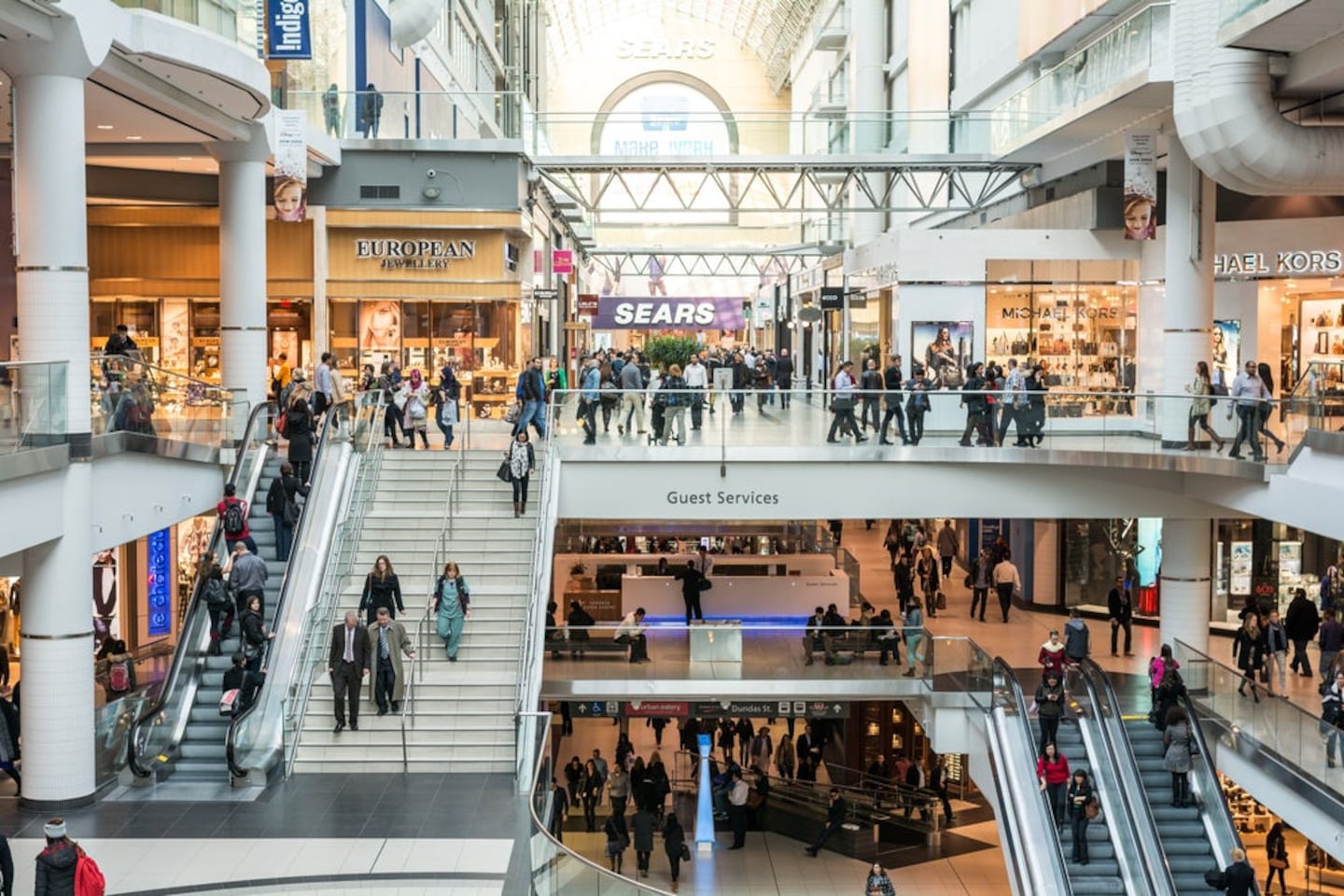
The Business of Fashion
Agenda-setting intelligence, analysis and advice for the global fashion community.

Agenda-setting intelligence, analysis and advice for the global fashion community.

MONTREAL, Canada — If you are a retailer who still believes in brick-and-mortar, consider Canada.
A report by the Retail Council of Canada shows that sales by square foot in the northern nation’s shopping centres beat their US counterparts on average. And that is in spite of the Canadian dollar’s weakness.
Malls in the US, which are losing sales to online shoppers, have more vacancies than north of the border, according to Craig Patterson, author of the study from the Toronto-based industry group. In Canada, higher shipping costs and a low population density have slowed the rise of e-commerce, while winter weather traditionally lures shoppers to indoor malls and food courts, he said.
It helps that the market is less saturated. Canadian shoppers have access to 16.5 square feet of shopping mall per capita, 30 percent less than their US peers. Canadian malls also boast the most visitors, helped, in the case of Toronto’s Eaton Centre, by the connection to offices and transit lines, Patterson said.
ADVERTISEMENT
Still, malls with the highest sales per square foot, or productivity, are all located in the US, usually helped by a higher concentration of luxury stores, or because some are located in tax-free states. Bal Harbour Shops, near Miami, boast sales of $3,185 per square foot, the most among peers. The first Canadian shopping centre, Yorkdale, wouldn’t make it into the US top 10. once its sales are converted into dollars.
By Sandrine Rastello; editors: Crayton Harrison, Jacqueline Thorpe and Nick Turner.
Nordstrom, Tod’s and L’Occitane are all pushing for privatisation. Ultimately, their fate will not be determined by whether they are under the scrutiny of public investors.
The company is in talks with potential investors after filing for insolvency in Europe and closing its US stores. Insiders say efforts to restore the brand to its 1980s heyday clashed with its owners’ desire to quickly juice sales in order to attract a buyer.
The humble trainer, once the reserve of football fans, Britpop kids and the odd skateboarder, has become as ubiquitous as battered Converse All Stars in the 00s indie sleaze years.
Manhattanites had little love for the $25 billion megaproject when it opened five years ago (the pandemic lockdowns didn't help, either). But a constantly shifting mix of stores, restaurants and experiences is now drawing large numbers of both locals and tourists.